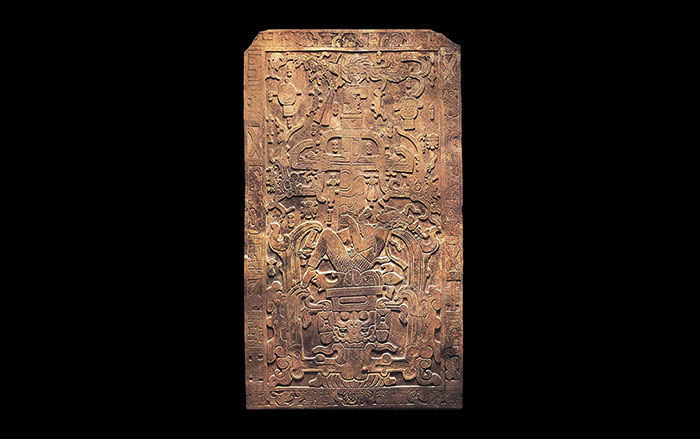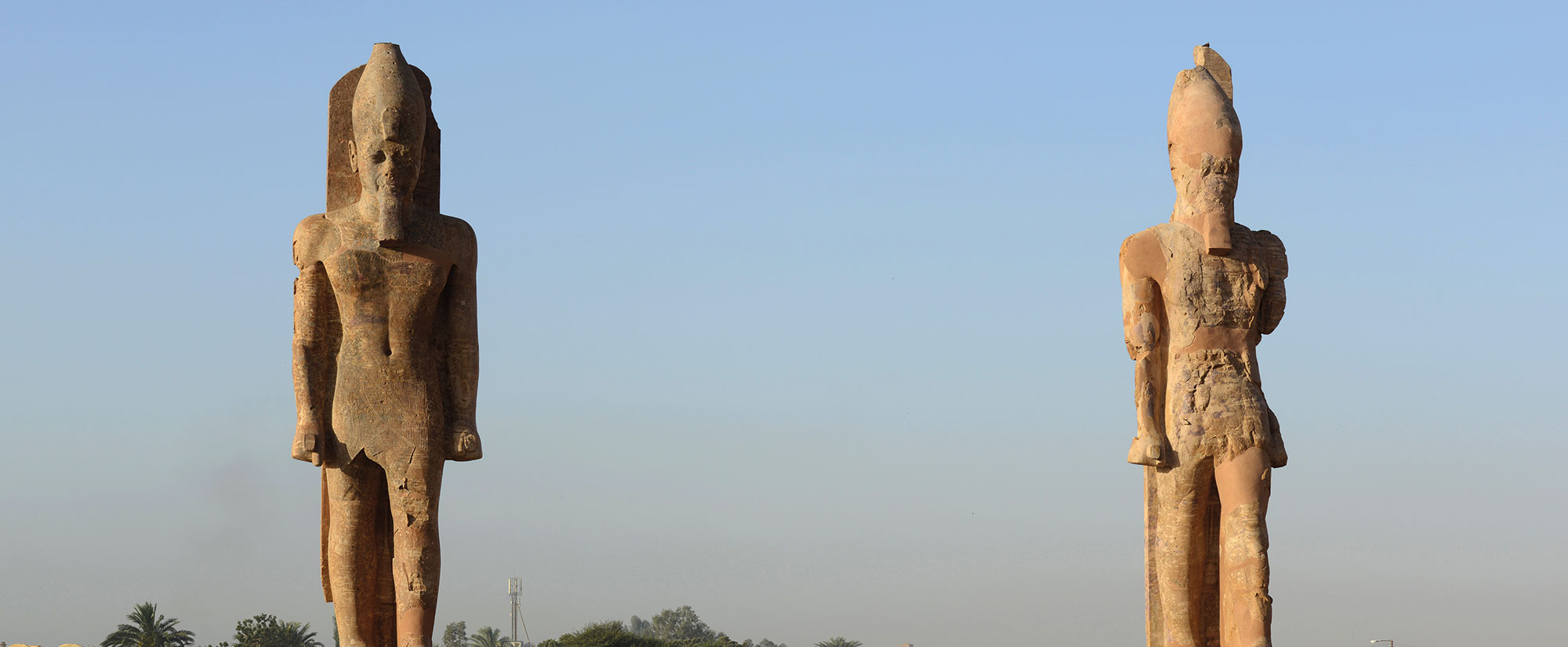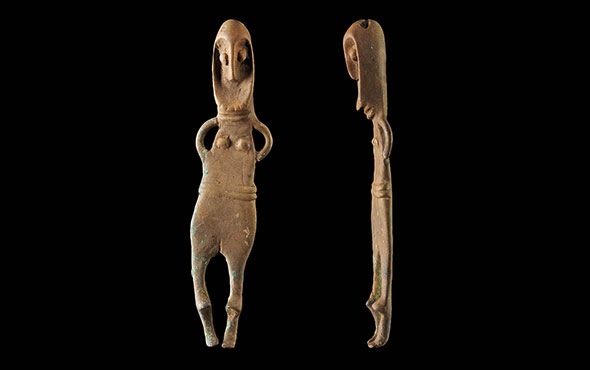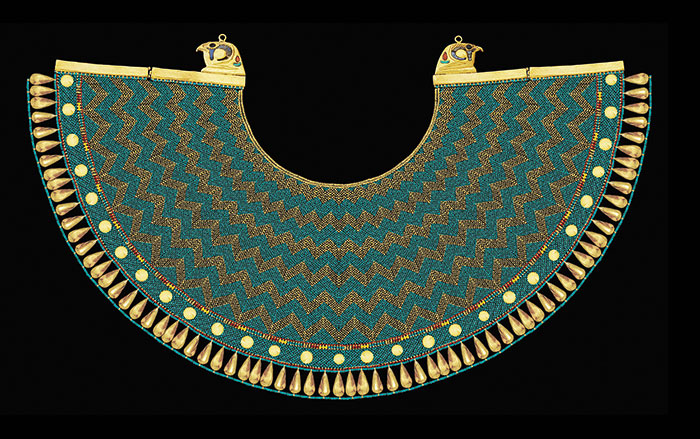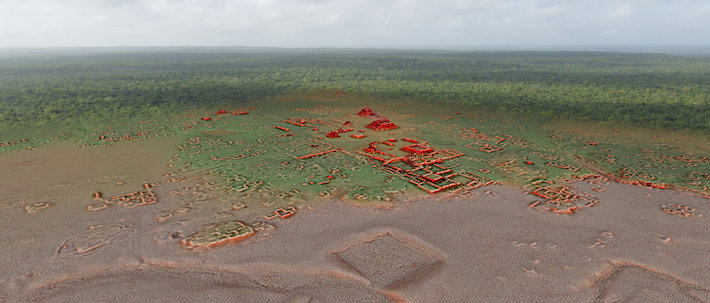
CAMPECHE, MEXICO—According to a statement released by the University of Calgary, an international team of researchers has conducted a lidar survey of more than 36 square miles of forest canopy in southeastern Mexico in the area of Calakmul, the capital of the Kaanul dynasty from about A.D. 635 to 850. Kathryn Reese-Taylor of the University of Calgary explained that the study revealed an immense urban settlement made up of large residential compounds clustered around temples, shrines, and possible marketplaces. Calakmul’s residents were supported by an intensive agricultural system that included canals, terraces, walls, and dams, she added. Calakmul was one of the largest cities in the Americas in A.D. 700, the researchers concluded. To read about a grand monument that celebrates a Maya dignitary's relationship to the ruler of Calakmul, go to "Autobiography of a Maya Ambassador."




